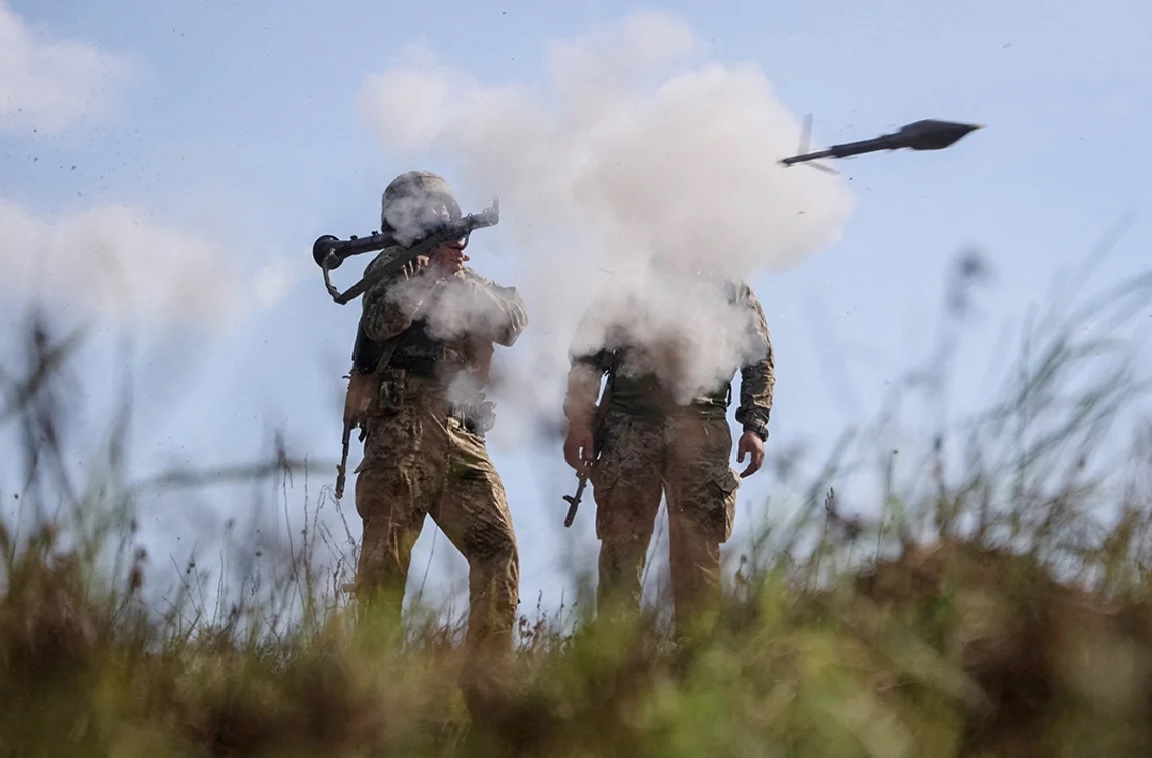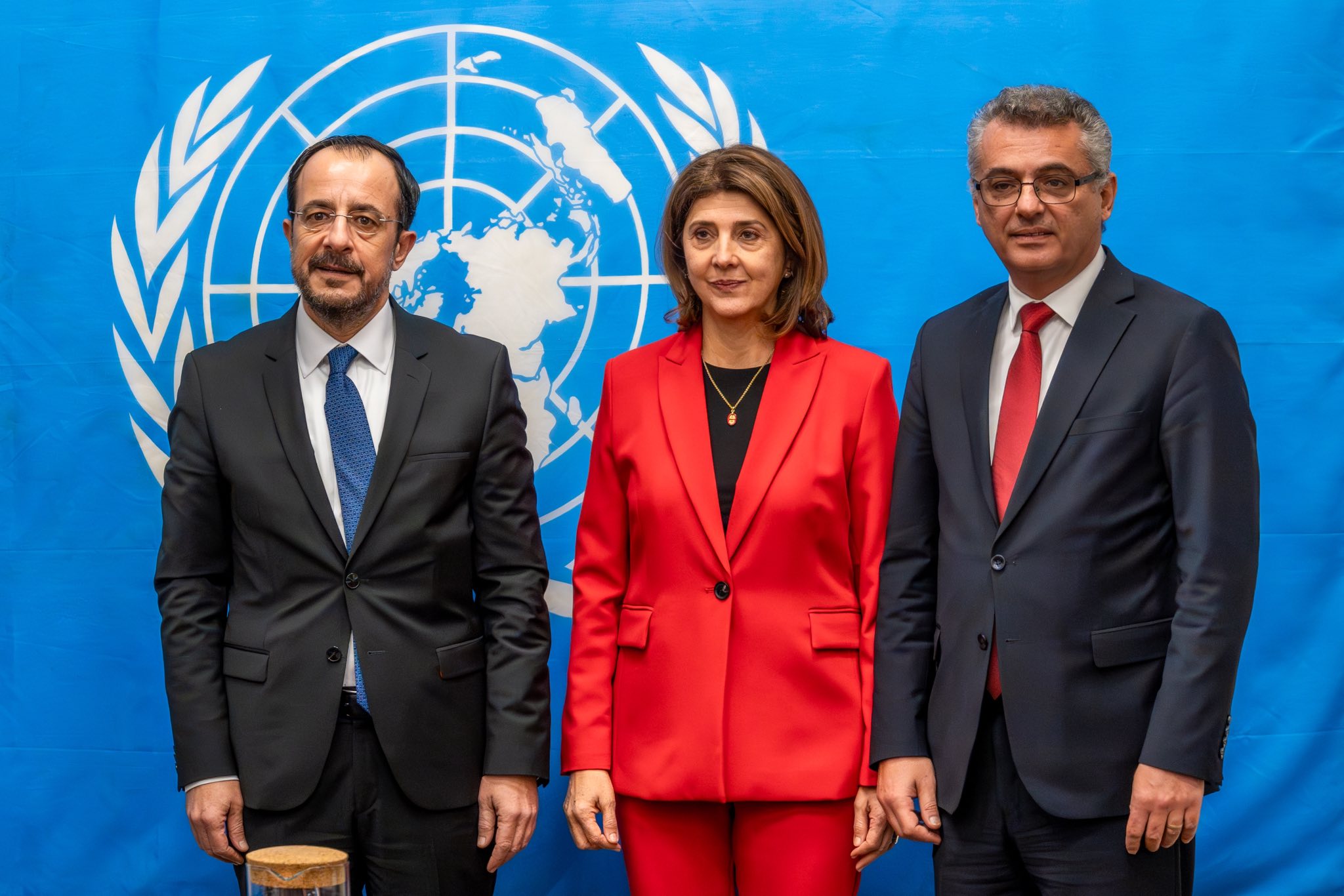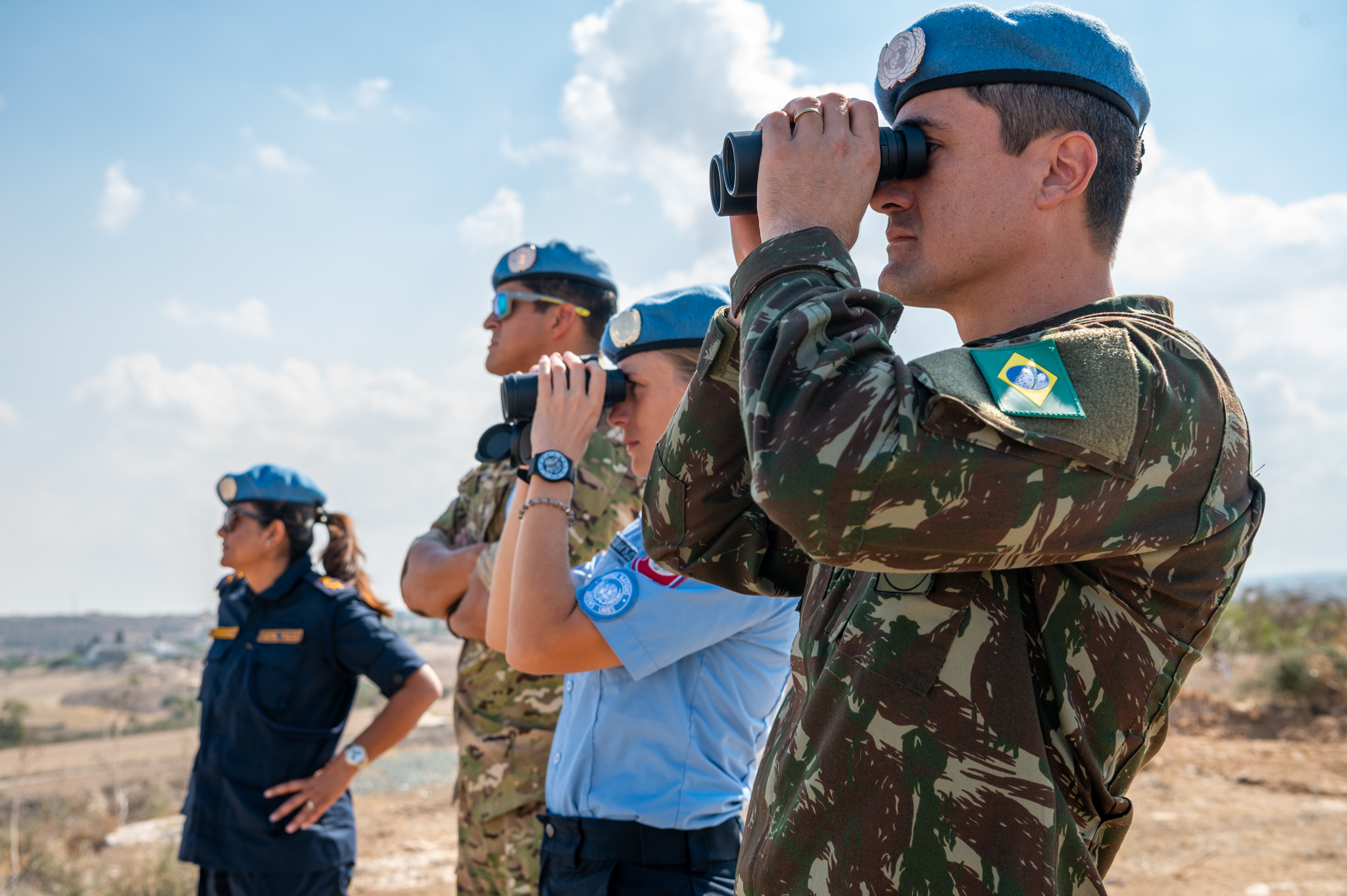“Nato is responding with unity and strength,” said British defence secretary John Healey. “If you’ve got drones that are putting Polish lives at risk, then Nato will take them out. There’s no firm confirmation on intent, but in the end, that’s not the point. It’s still reckless. It’s still dangerous.”
‘When in danger or in doubt, run in circles, scream and shout!’, as the cynical old military adage puts it. Healey’s contribution to that strong and unified Nato response was to ‘deploy’ half a dozen Typhoon fighters to shoot down any further Russian drones that dare trespass in Polish airspace.
Mind you, those Typhoons will still be based in Lincolnshire, ninety minutes’ flight time from Poland, and they would need a mid-air refuelling aircraft to top them up if they had to prolong their mission. Thankfully, Britain has a tanker available for that, and French, German and Danish fighters will also be dedicated to the task. Europeans can sleep easily tonight.
Except that Nato aircraft only shot down four of the nineteen Russian drones that entered Polish airspace on the night of 9-10 September, and the Russians also sent a drone over Romania, Ukraine’s Nato neighbour to the southwest, only four days later. Is Moscow planning to attack Nato too?
Of course not. Don’t be silly. Half the Russian army is already fully committed to the invasion of Ukraine, and three and a half years into the war, they are knee-deep in Ukrainian drones and making very little headway.
The other half of Russia’s army has 20,000 kilometres of other borders to patrol – Finland, Turkey, Kazakhstan, Mongolia, China, Korea – plus a reserve for ‘internal security’ problems. There’s nothing to spare. And even assuming that Donald Trump would never defy Russia, Britain and France have nuclear weapons of their own.
So what is Vladimir Putin’s motive for this bizarre violation of Nato’s borders – especially given that the drones over Poland were not armed? They were, in fact, ‘Gerbera’ drones, cheap and flimsy decoys made of plywood and a Styrofoam-like substance that are used to distract air-defence radars during Russian mass drone attacks on Ukraine.
It was definitely not an accident: nineteen drones don’t accidentally go off course in the same direction at the same time. It might have been a symbolic warning to Nato not to help Ukraine any more or Russia will attack them too, but Nato is not that stupid (see above), and it’s not that timid either. So what was it about?
The most plausible answer came from retired Col. Richard Kemp, writing in Britain’s The Telegraph. It wasn’t a ‘provocation’, he said, and Russia wasn’t testing Nato’s reaction either. “Putin does not need to test our response to drones entering Nato airspace, because he already knows exactly what it will be. Nothing.”
Putin’s real goal, Kempt argued, is to stampede Nato’s European countries into spending large amounts on their own national defence, and particularly their air defences, instead of continuing to send arms to beleaguered Ukraine. He’s right.
There might be a military Russian threat to Europe in future, but there will certainly be none for some years to come, whereas Ukraine needs more weapons right now. European Nato members should put the highest priority on arming Ukraine from their own supplies and from purchases in the United States.
How long will this go on? Wars of attrition are hard to predict because they tend to end with a sudden collapse of morale on one side or the other. The ground war in Ukraine seems thoroughly stalemated at the moment, but who knows?
The biggest current problem for Ukraine is the massive Russian air raids on its cities, which now happen half the nights of the month. The only cure for that is better air defences. Europe could certainly help with that, but even then, some of the missiles and drones will get through: air warfare is always a statistical operation.
The Russians are learning that lesson too. Ukraine’s new ‘Flamingo’ home-made long-range cruise missile can reach almost everywhere in European Russia and is going into volume production. But a single new weapon will not win the war, and it could easily continue for another year or even two.
What could tip the scales decisively? Donald Trump has said he will sell no more weapons to Ukraine, but he has agreed to let European Nato members buy US weapons and pass them on to the Ukrainians.
This may even explain Moscow’s sudden urgent need to frighten the Europeans into spending their military budgets on their own defences instead. But if Trump reneged on his commitment to the Europeans, everything could fall apart quite quickly.
Gwynne Dyer’s new book is ‘Intervention Earth: Life-Saving Ideas from the World’s Climate Engineers’. The previous book, ‘The Shortest History of War’, is also still available.







Click here to change your cookie preferences